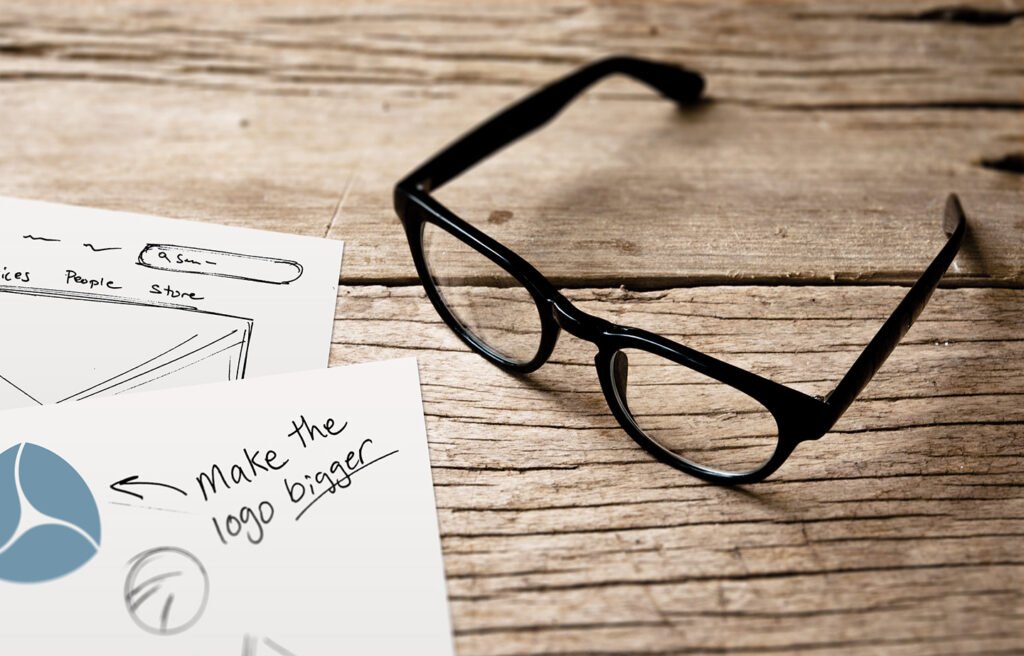Ever wondered, like every other profession, if designers have codes that guide how they carry out their jobs optimally and professionally.
Well yes, it is called, Designed Ethics. A lot of people might not be aware of this because they think design is all about putting images, colors, and text together.
Design goes way deeper than colors, pictures and text. Design is more about the process of imagining, creating, and iterating products/content that solve users problems or address specific needs in a given market.
For a design to be successful it needs to thoroughly go through the ethical designing process. Ethical design means considering the context of the product/Content you create.
Our in-house designers took out time explain what being a ethicist is and why it is important for every designer to be a design ethicist. Read below:
Sometimes it’s easy to feel stuck, frozen, and unsupported when trying to get your team or clients to take design ethics seriously. It’s so important that designers and product managers who care about the ethical implications of their products work towards showing this importance to their teams and clients.
A design ethicist is someone who evaluates the moral implications of design decisions and takes responsibility for the effect those decisions have on the product at large.
These are some things that have helped me incorporate design ethics throughout my work.
Practice outcome-based projects instead of feature-based
This helps to ensure projects are measured by something other than “Have we released that thing every product is doing”. It will get your team or client to think about how the product changes can affect user interaction & behavior, both good and bad.
Refuse or set a policy against on dark patterns
Dark patterns are some of the most basic offenses against ethical design. You can convince teams or clients with the business argument of how we need people’s trust in order to form a long ongoing relationship where they want to give us money freely and happily.
Include a more diverse set of participants in user research
You’ll hear and understand perspectives that will help you understand the effects of your product on people who aren’t the average user and you’ll design with less bias towards them.
Write and talk about design ethics
Start introducing this term to team members and clients and make it a regular part of discussion. How can people support something they’ve never heard of? Or aren’t used to talking about.
Start asking people involved during design crits: “Does this meet our ethical standards”?
Get people thinking about evaluating their designs with ethical standards, even if they aren’t doing it systematically, Just let them know the processes to use.
Share the ethical impact of your product with the entire company and publicly
This isn’t a topic that should stay with you, the designer or product team only. Tell a story, if you can to your client or users about how your product could hurt or help somebody and what your team is doing about it.
Conclusion
Remember the journey to being a design ethicist isn’t a short and easy one, so give yourself time and focus on delivering the best value to your users.

















